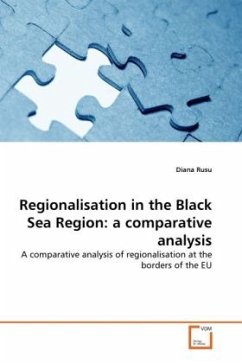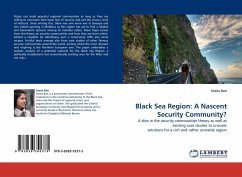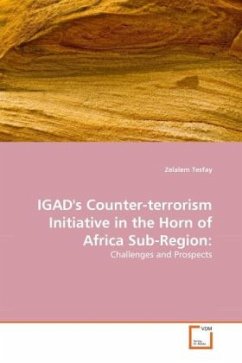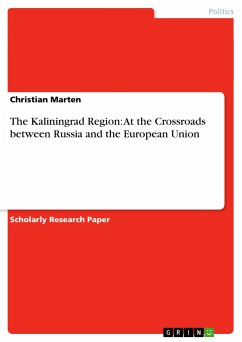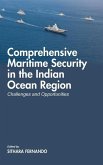The post-Cold War period in Europe was favourable for the development of new regionalization projects which surrounded the EU. The Baltic Sea, the Mediterranean Sea and the Black Sea became the center of new European sub-regions. Each project stands out now through a certain image that it received mirroring its type and level of regionalisation emerged at the junction of regional dynamics and external influences. While the Nordic region is addressed as a model of multi-level, locally driven cooperation, the Mediterranean region is embedded in the North- South developmental division approach with little cooperation and strong external influences. The Black Sea's position is debated between the two models mentioned above. Thus, I propose a comparative analysis of these three cases aiming to trace down the similarities and differences between them with the focus on the Black Sea Region. The conclusion of the study places the Black Sea Region in between the cases with a genuine potential to follow the Nordic model but with its future evolution hanging on the EU's policies toward the area.
Bitte wählen Sie Ihr Anliegen aus.
Rechnungen
Retourenschein anfordern
Bestellstatus
Storno

